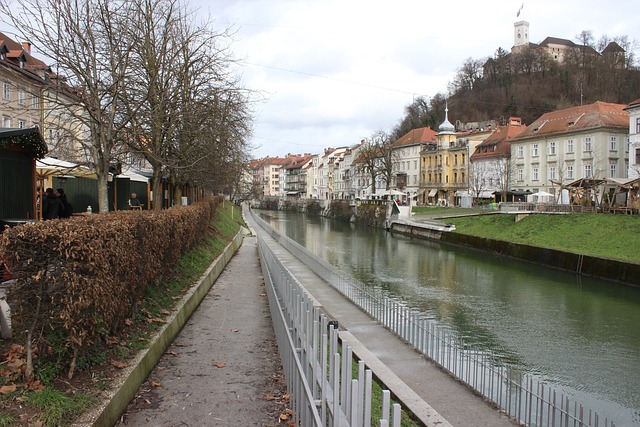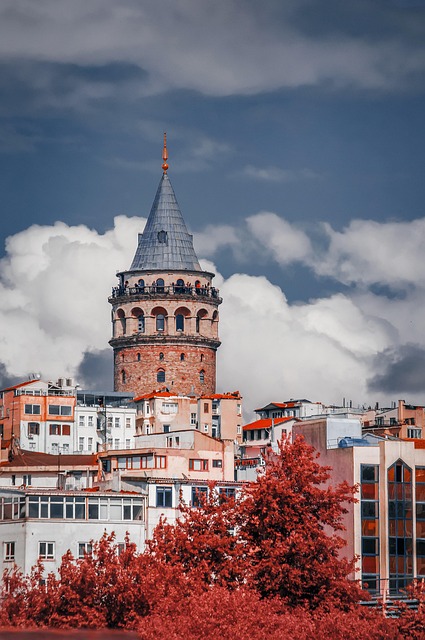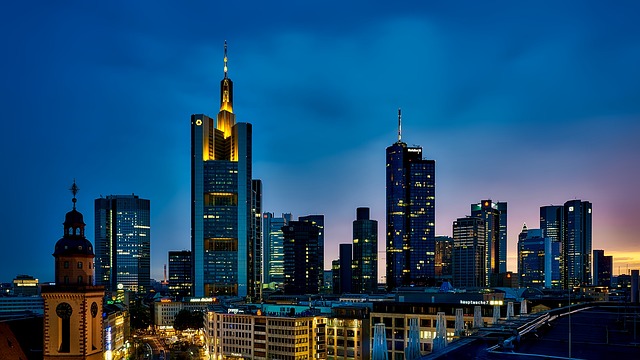Karachi, a dynamic city, relies on blocks as key urban planning elements for efficient management. These blocks facilitate service delivery, infrastructure development, and community engagement, addressing resource allocation challenges by dividing the city into manageable sections. Karachi's landscape, from bustling markets to modern skyscrapers, showcases its cultural significance and economic strength, reflecting transformation in the digital era.
“Unveiling the Secrets of Karachi’s Block A: An Urban Odyssey
Karachi, the vibrant metropolis, presents a fascinating case study with its intricate urban planning. This article takes you on a journey through Block A, a microcosm of the city’s rich history and diverse culture. From its architectural wonders to the lively community, we explore how Block A has evolved into a dynamic urban fabric. Discover the historical context that shaped this area, admire its unique architectural styles, and experience the pulsing lifestyle that defines Karachi’s heart.”
- Understanding Block A: Karachi's Urban Fabric
- – Exploring the significance of Blocks as urban planning units in Karachi
- – Historical context: Evolution of Karachi's layout and its impact on Block A
Understanding Block A: Karachi's Urban Fabric

Karachi, Pakistan’s economic heartbeat, is a city where history meets modernity. At its core lies Block A, an area that encapsulates the urban fabric of this vibrant metropolis. This compact yet diverse neighborhood serves as a microcosm of Karachi’s rich cultural heritage and rapid development.
Block A is not just a geographical entity but a dynamic community with distinct characteristics. Its landscape is a blend of historical landmarks, bustling commercial hubs, and modern architectural marvels. The area boasts a rich tapestry of neighborhoods, each with its unique character—from the historic old city walls to contemporary high-rise apartments. Understanding Block A is essential for navigating Karachi’s complexity, offering a glimpse into the city’s past, present, and aspirations for the future.
– Exploring the significance of Blocks as urban planning units in Karachi

In the vibrant cityscape of Karachi, blocks stand as fundamental urban planning units that shape the fabric of this bustling metropolis. Each block, a distinct area delineated by roads and alleys, plays a crucial role in managing the city’s growth and ensuring a harmonious coexistence for its diverse population. The significance of these blocks cannot be overstated, especially when considering Karachi’s rapid urbanization and ever-evolving landscape.
They serve as the building blocks for effective urban management, enabling efficient services delivery, infrastructure development, and community engagement. By organizing the city into manageable sections, blocks facilitate better access to essential amenities like schools, healthcare facilities, and recreational spaces. This spatial organization is particularly vital in Karachi, where the demand for resources and services often outstrips supply, making efficient planning and resource allocation imperative.
– Historical context: Evolution of Karachi's layout and its impact on Block A

Karaci’s urban development, particularly within Block A, is a fascinating narrative woven into the city’s historical fabric. Understanding the evolution of its layout offers valuable insights into effective urban planning practices. By examining the past, we can navigate the present and shape a sustainable future for this vibrant metropolis, ensuring that Block A, and indeed all areas of Karachi, thrive as dynamic and livable spaces.





Leave a Reply